Live Tiles before (L) and after (R)
Windows Phone 8 offers some nice improvements over its predecessor. When Microsoft started to look at improvements to the Start screen,
improving Live Tiles was the first thing the design team looked at. Knowing that some things being pinned to the home screen were more important than others, customizable tiles were added that allow the user to resize them. The Live Tiles make sure that the latest news, scores, weather, Facebook status changes, etc. can be seen from the start screen on your Windows Phone 8 device. And to squeeze in as much room as possible, even little things like the arrow that pointed to the App list has been moved to create more real estate for the Live Tiles. Microsoft was aiming for "
a more balanced, uncluttered look," that put the
focus on the user's stuff, not Microsoft's.
Why a four-column layout? Microsoft tested a number of different column sizes. Three provided not enough flexibility while five made the Tiles too small to read and tap. Four columns worked out just right. And while all apps support a small or middle-sized tile option, important applications like Mail, People or Calendar give you the choice to pin them using a large-sized Live Tile. Believing that color is an important way to express personalization, Microsoft
doubled the number of colors that can be used on the home screen to 20. Some of the choices include cobalt, yellow, indigo, olive, steel, and mauve. And the option to change colors is found in more spots than just the Live Tiles. You can change colors for the virtual QWERTY keyboard and for other areas as well. Microsoft spent countless man hours working on the Start screen to get everything just right for Windows Phone 8.
Besides the Start screen, Microsoft has also improved the lock screen by allowing the user to customize the notifications at the bottom of the screen. Where the calendar used to be, you can now see who was trying to reach you with that last missed call or see the first line of the latest text message. The calendar slot can be replaced with email. You can even register apps to appear on your lock screen. For example, you can view the top stories from CNN without having to dig into your Start screen or click on the app.
You can even now arrange to see a new photo for your lock screen
every 30 minutes, coming from places like Facebook, CNN or Bing. And one big change is that the pause, skip tracks and resume play buttons will now disappear when you're listening to music and the phone locks. This prevents the accidental press of a button that would start up your tunes during an inappropriate time like during an important business meeting. If you want to start/stop your tunes while the lock screen is on, pressing the power button will make the buttons available for three seconds before they fade away.
To prevent your phone getting wiped by accident, failure to unlock the screen using PIN numbers now won't automatically lock you out and wipe your data after a certain number of attempts. Some businesses require this just in case a phone falls into the wrong hands. But what if your child gets a hold of your phone and presses random buttons instead of the correct PIN? So just before the phone gives you one last chance to enter the proper password, you have the opportunity to copy a specific alphanumeric phrase that gives you one last chance to remember your PIN..
These are just some of the few cosmetic changes that Windows Phone 8 brings. Inside the phone, new standards for screen resolution, multiple-core processors and more allows Microsoft's mobile OS to really
go after iOS and Android.
source: Microsoft (
1), (
2) via
Engadget
Read the latest from Alan Friedman

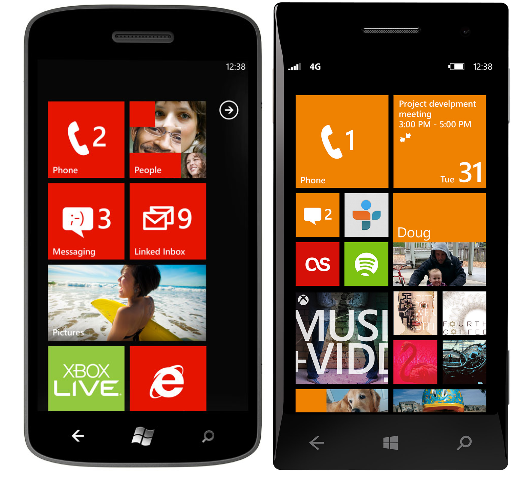



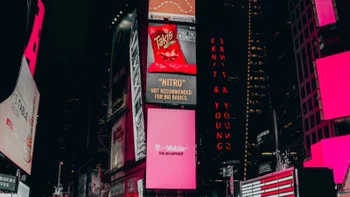


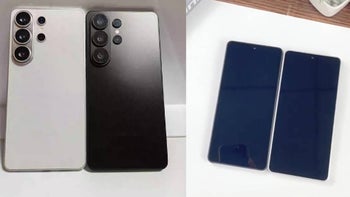



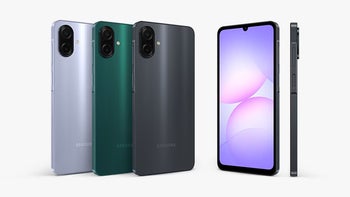

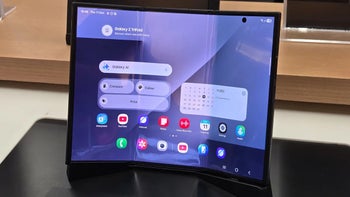
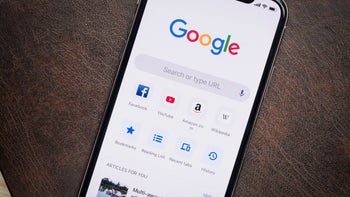
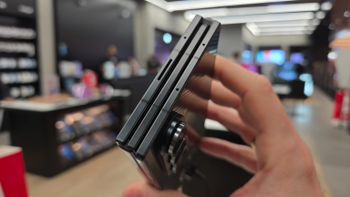
Things that are NOT allowed:
To help keep our community safe and free from spam, we apply temporary limits to newly created accounts: